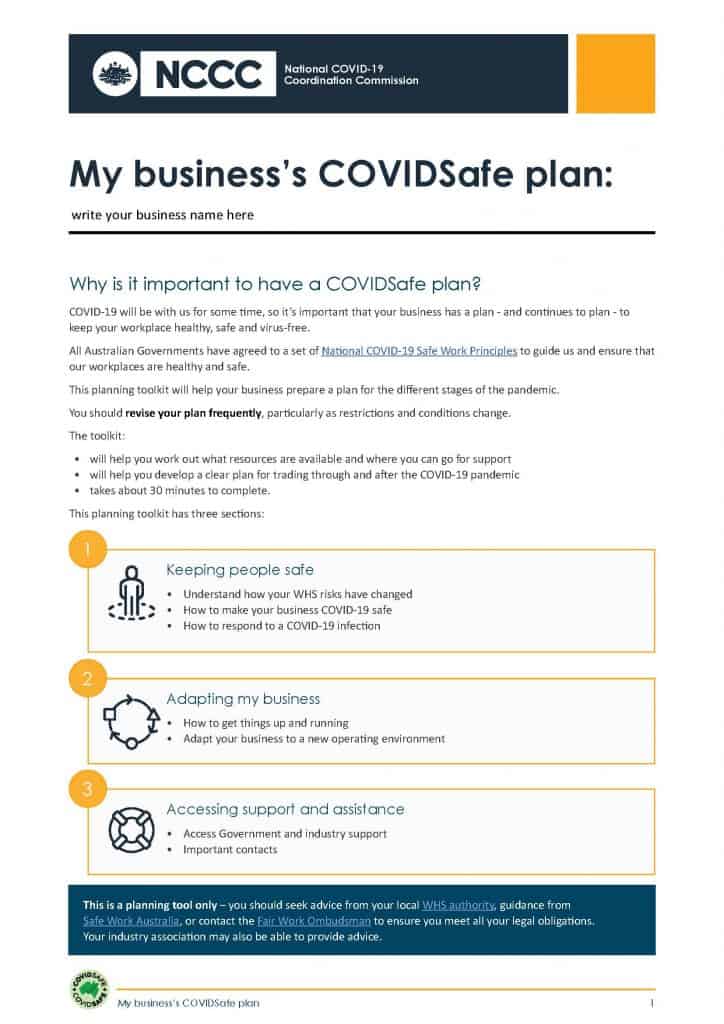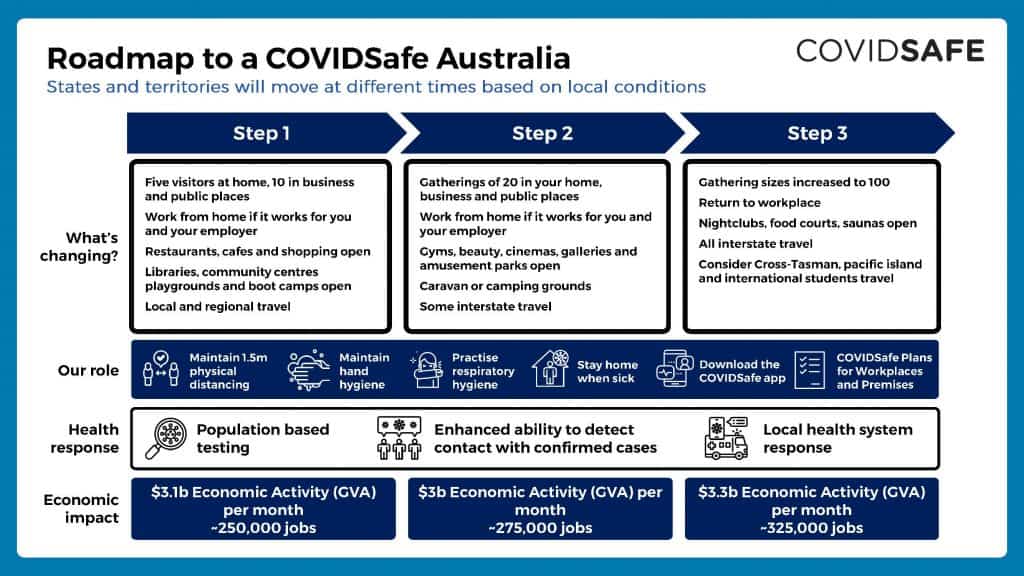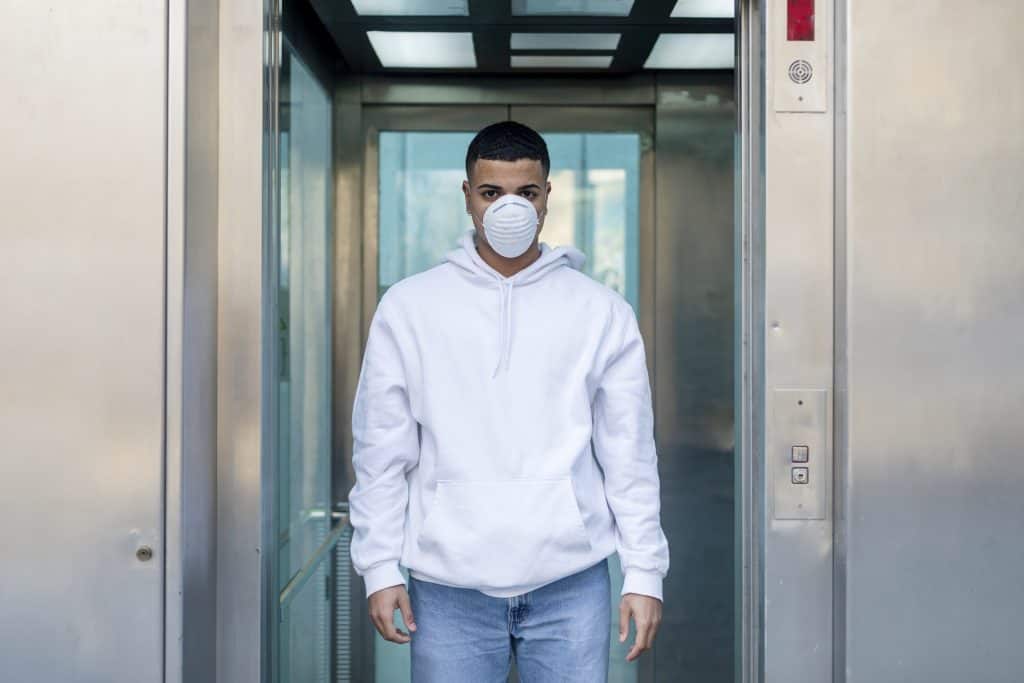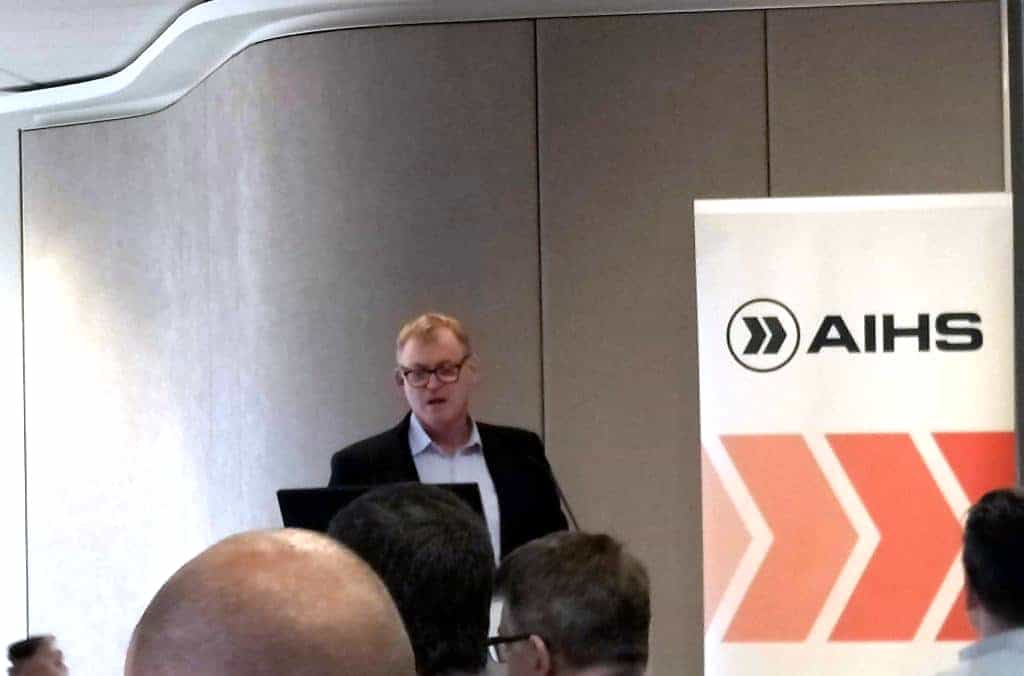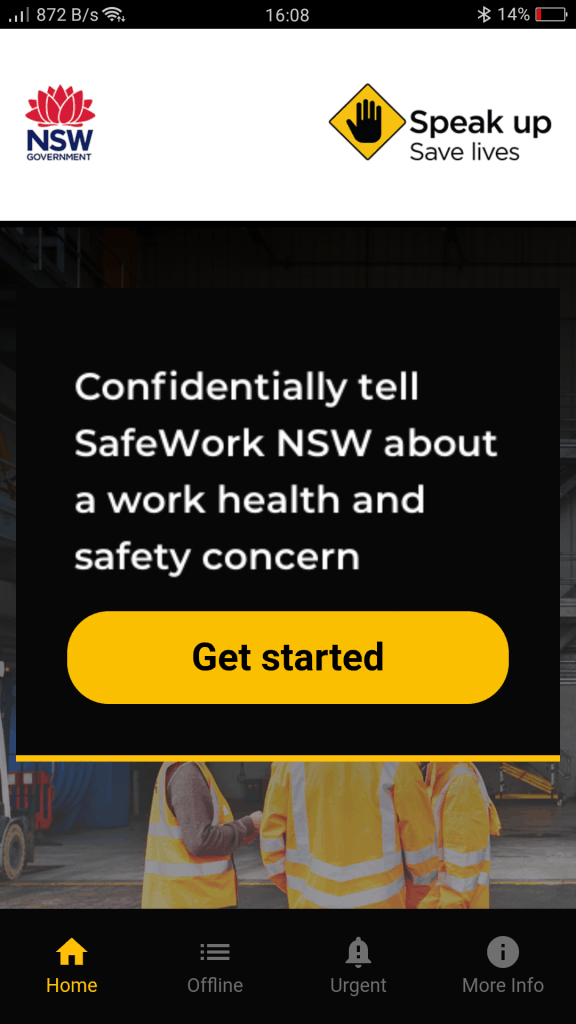
Last weekend across the road from home, two workers were on the roof of a three-storey apartment block construction installing or inspecting solar panels. No fall protection, no harnesses. I grabbed my phone to notify my local WorkSafe about this unsafe work activity. The switchboard was closed, and the phone number listed on the website was identified as only for emergencies. Was this an emergency? Not sure. By the time I worked it out, the workers were off the roof and the opportunity passed.
I now wish that my State had a notification app like that operating in New South Wales. I would have taken some photos and notified the occupational health and safety (OHS) regulator. The “Speak Up, Save Lives” app seems good, but it may also undercut the pathways to Consultation established through the OHS laws.

